What Is Etsy SEO?
Etsy SEO (search engine optimization) is the process of optimizing your Etsy shop and item listings with the aim of ranking higher on relevant search results pages—both on Etsy and search engines like Google.
This can help you get more views and sales. Without paying for ads.
Etsy SEO works by aligning your approach with the way that shoppers search. And the way that search algorithms find and rank results.
How to Do Etsy SEO
We asked Myriam Jessier, digital marketing consultant at Pragm, to share her best Etsy SEO tips. With her help, we came up with the list below.
Let’s learn how to do Etsy SEO, step by step:
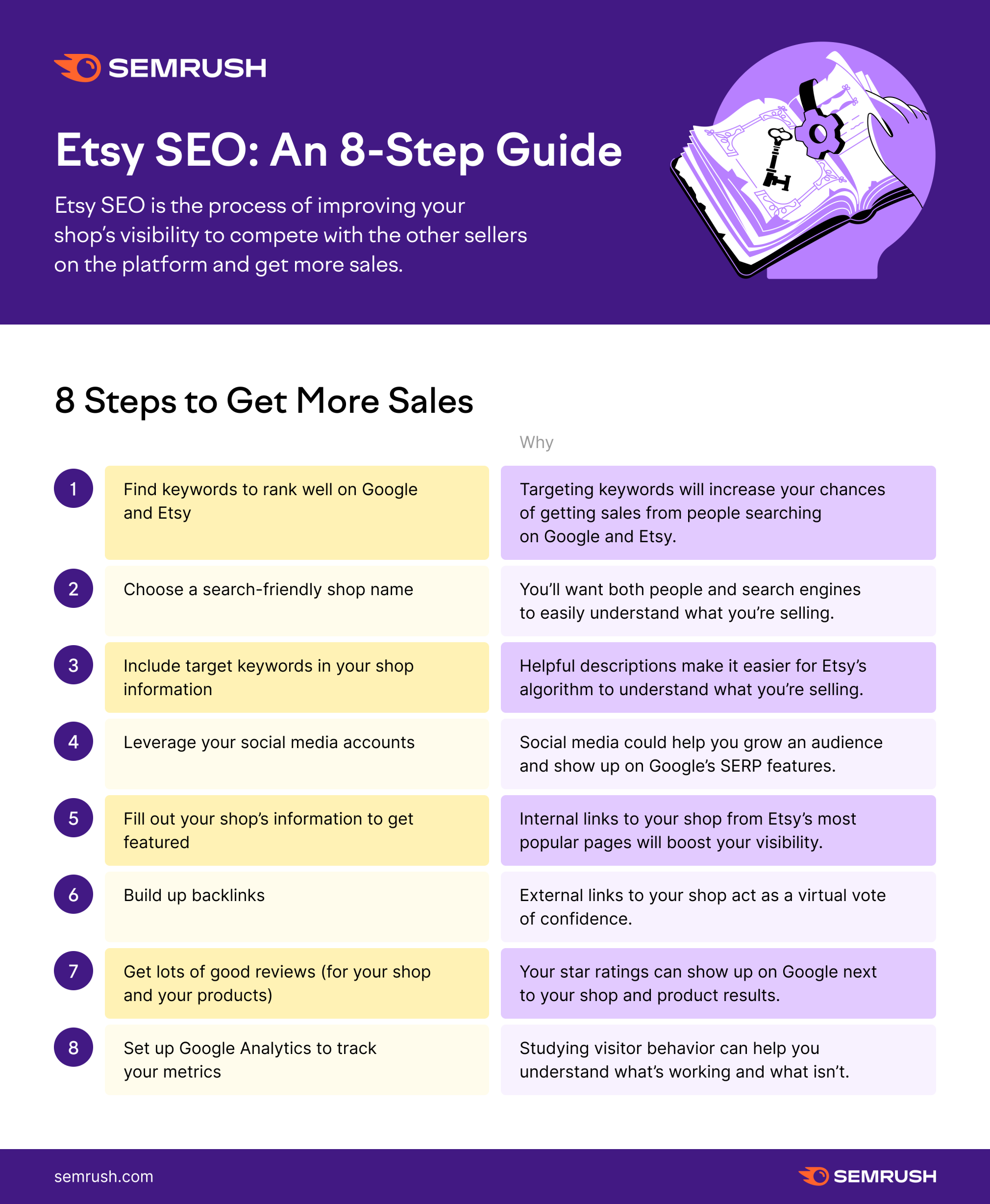
1. Find Keywords to Rank Well on Google and Etsy
Just like doing SEO for a website, SEO for an Etsy shop should be based on finding relevant keywords, writing helpful content, and building a trusted brand.
To help people find your products through search engines and directly on Etsy, you’ll need to use relevant keywords in your shop title, tags, descriptions, and product names.
Here’s an example of the keyword, “anime fish tank decorations.”
When you type that in Google (depending on your location), this Etsy listing will show up. Notice how the title of this product matches the search query?
Putting the right keywords in your shop’s titles, tags, and descriptions can lead to more visibility in search, and therefore, more sales. You can find which keywords to target with a keyword research process. This can be done manually or with software like Semrush.
Finding Keywords Manually
Finding keywords that your shop could target can be done quickly by simply typing in your product name or category on Etsy and looking at the autocomplete options.
These are commonly searched variations that might fit what you have to sell.
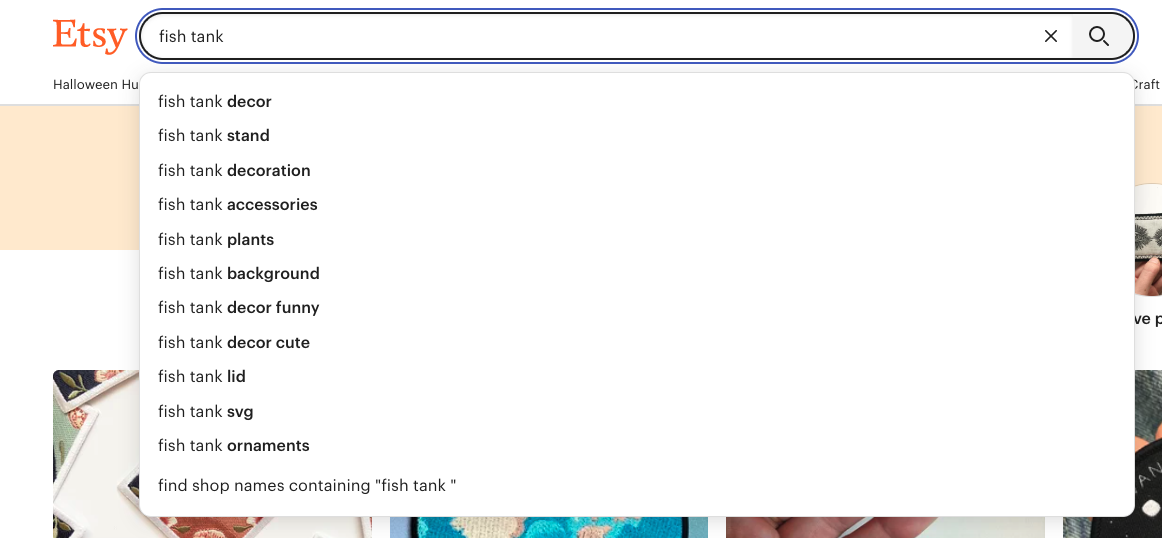
The same can be done on Google.
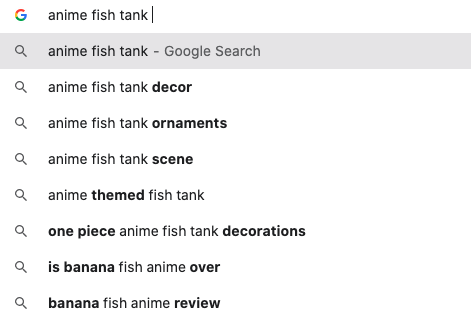
This is a quick way to find inspiration for naming some of your products, or even your shop in general. However, you don’t know exactly how popular each of these suggested queries are.
In order to know that info, you’ll need to use a keyword research tool.
Doing Etsy Keyword Research with Semrush
Semrush has a free account to help your find the right keywords for your shop.
Start off with Organic Research. See which terms bring people to Etsy by typing in etsy.com and pressing the search button.

This will lead you to the Overview report for that domain.
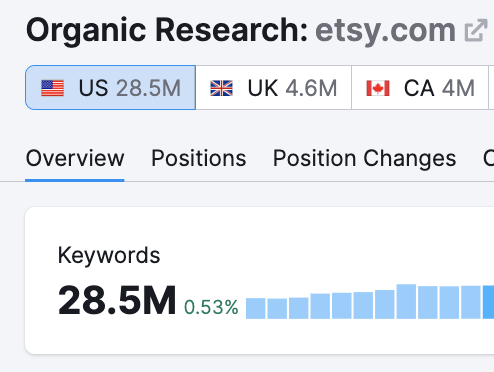
Click on the Positions report next to the Overview tab.
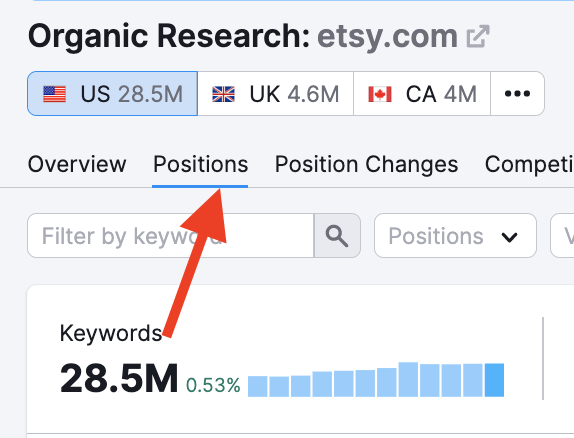
It’ll show a list of keywords that Etsy ranks for on Google per country.
Below is an example of some of the keywords Etsy currently holds the first position for on Google. It’s sorted by most to least Volume.

Here, the Volume metric shows the estimated number of times a term was searched per month.
Get an idea of what products could lead Google searchers to your site by filtering this list with terms related to your brands.
First, type in a term related to your brand.
Just as an example, let’s say you sell only products related to BTS (the Korean boy band). We’ll type in BTS where it says “filter by keyword.”
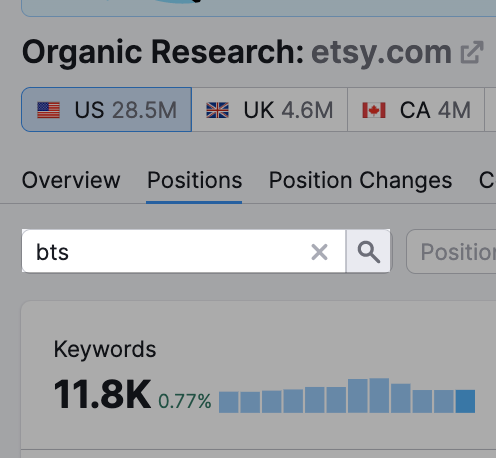
Also, apply the Positions filter for only keywords that hold the #1 positions on Google.
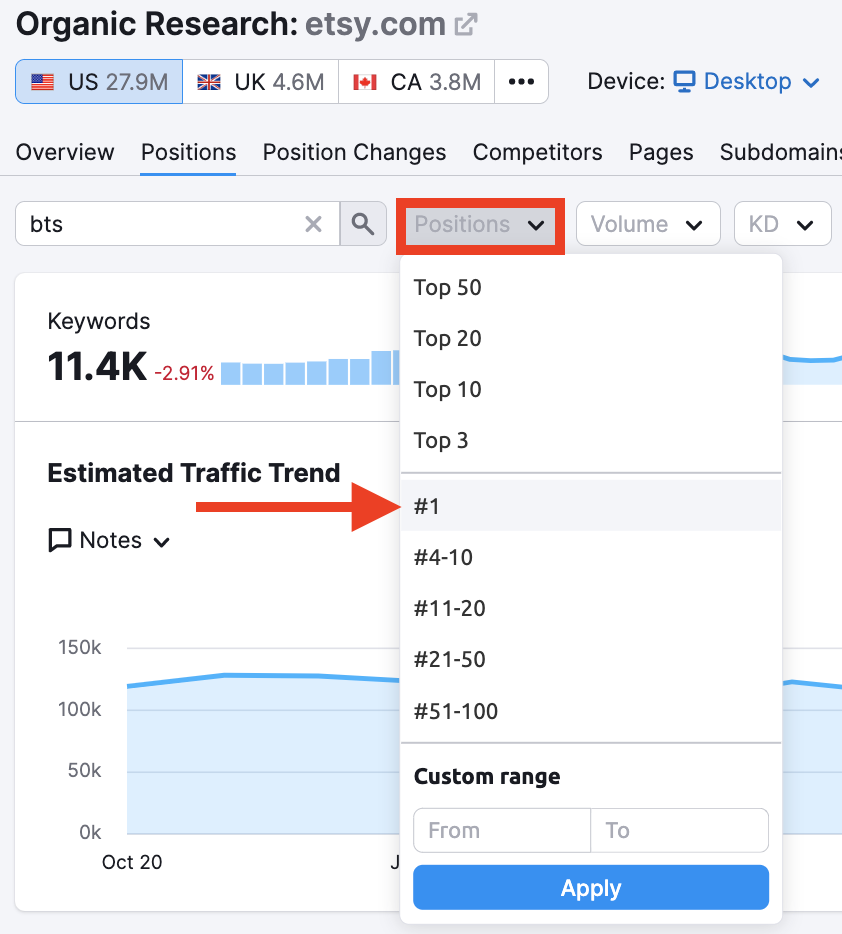
Now, you have a list of search terms—hence products—that lead BTS fans from Google to Etsy.
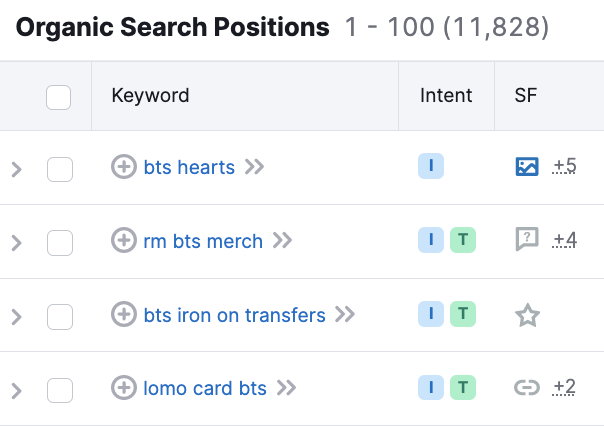
While there are hundreds of terms on this list, not all of them are worth targeting.
You need to look at multiple sources of data because you’re trying to rank on two very different search engines.
So, how do you do that?
By adding a couple of filters:
- Intent: the purpose of a search
- KD (Keyword Difficulty): how hard it would be to rank for a certain keyword on Google
We’ll go back to our list of BTS keywords from before to see how. Apply the KD filter up to 29% and the intent filter to transactional (when a searcher is ready to buy something).
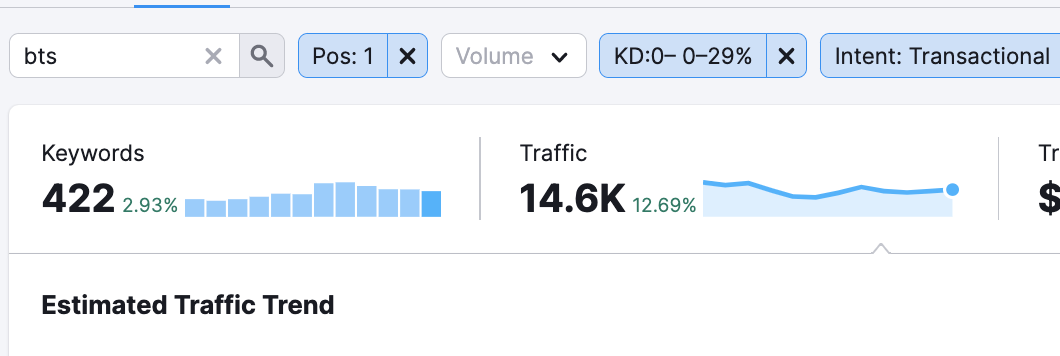
Sort the list by Volume now (just click on the metric) afterward. It should be sorted from most to least.

The result is a realistic list of keywords that leads potential customers to Etsy from Google searches.
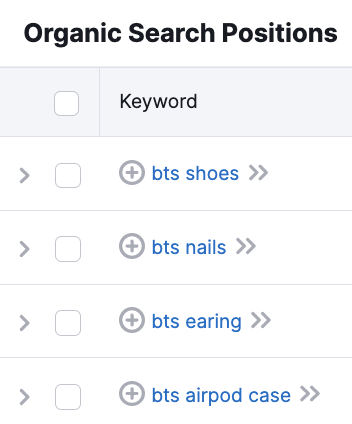
Bonus Tip: Type in a competitor’s specific shop URL instead of etsy.com (the root domain) on Organic Research to see which keywords are bringing people from Google to their Etsy shop.
Doing Etsy Keyword Research with Marmalead
While Semrush is a tool for all kinds of marketers, Marmalead is a keyword research tool specifically for Etsy.
Marmalead uses machine learning to see how people search for a product or service on Etsy—and you can get a free 14-day trial.
After you sign up, pop in the first four keywords that aren’t misspellings (i.e. choose “bts earrings” not “bts earing”) from our prior list into Marmalead’s Comparison tool.
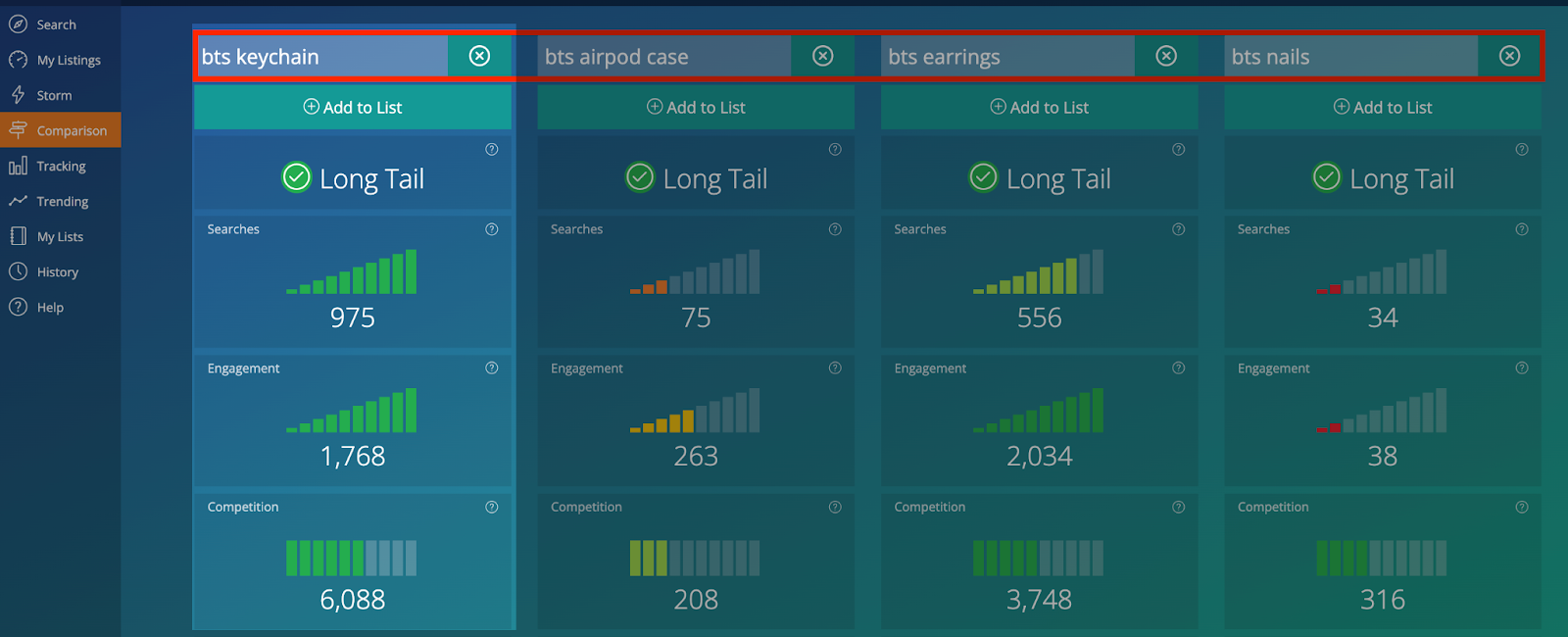
You’ll see four sets of data to look at for each search term:
- Long Tail: whether or not the keyword is general or specific
- Searches: shows the monthly number of estimated unique searches
- Engagement: shows the monthly number of estimated unique click-throughs to any listing based on the keyword
- Competition: shows whether there are too many or too few listings for a keyword
It looks like “bts keychain” is a long-tail keyword with a high amount of searches, a bunch of clicks to listings, and the right amount of competition.
Does this keyword make sense for an item you could sell or already sell? Looks like it.
Do this process to find keywords related to your products/niche until you end up with a target keyword list that works well for both Google and Etsy searches.
2. Choose a Search-Friendly Shop Name
Your shop name becomes your page title, and therefore your first impression on search engines.
A shop page is what shows up as a result on search engines if anyone looks up your shop or your products on Google.
Choose a name that’s relevant to the products that you’re selling so people can easily find your shop in search engines and on Etsy.
What would a customer search to find your product?
If you’re trying to sell necklaces, your potential customers might be typing in “jewelry.” You’d want to include that somewhere in your shop title.
Take LEILAjewelryshop for example:
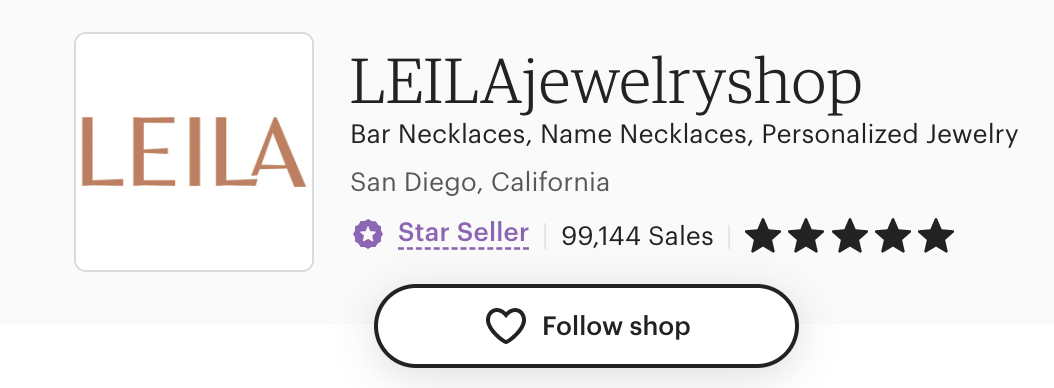
It’s easy to tell what her shop sells. But it’s not overly specific either.
How to Update Your Shop’s Name
Fortunately, you can still change your shop’s name even if it’s set up.
Here’s how to do it:
First, go to Shop Manager.

Scroll down the menu bar until you see Settings. Click on it.
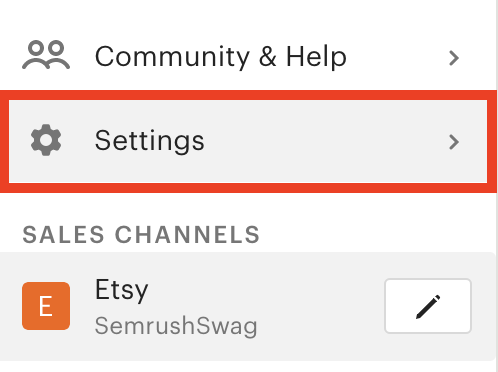
Then, click on Info & Appearance.
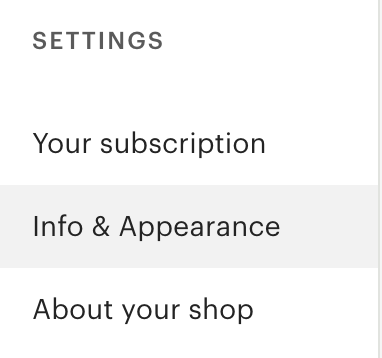
Click on the Shop Name tab on the page it leads you to. Here, you can change your shop name.
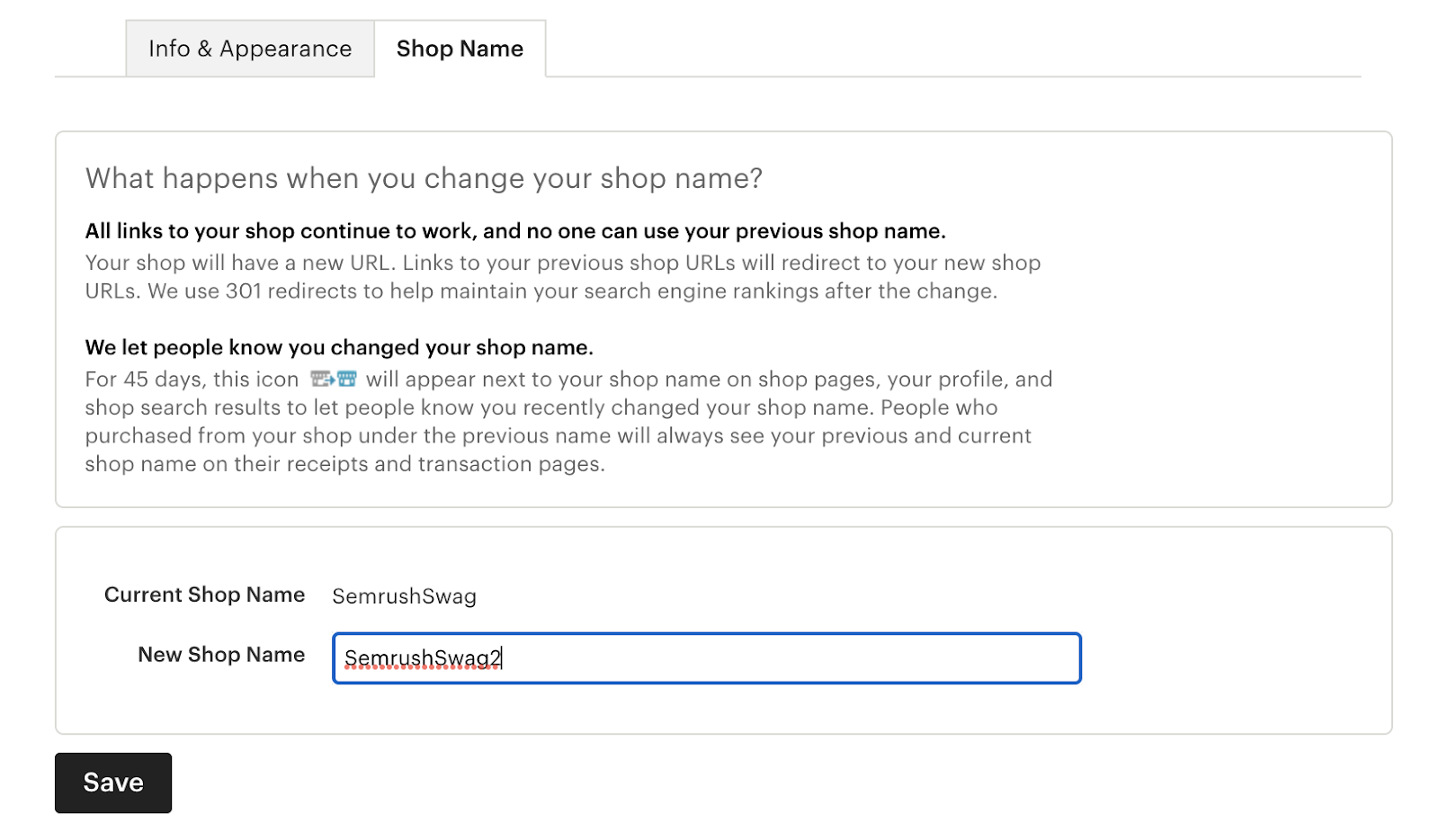
A page will pull up once you save it to confirm your choice.
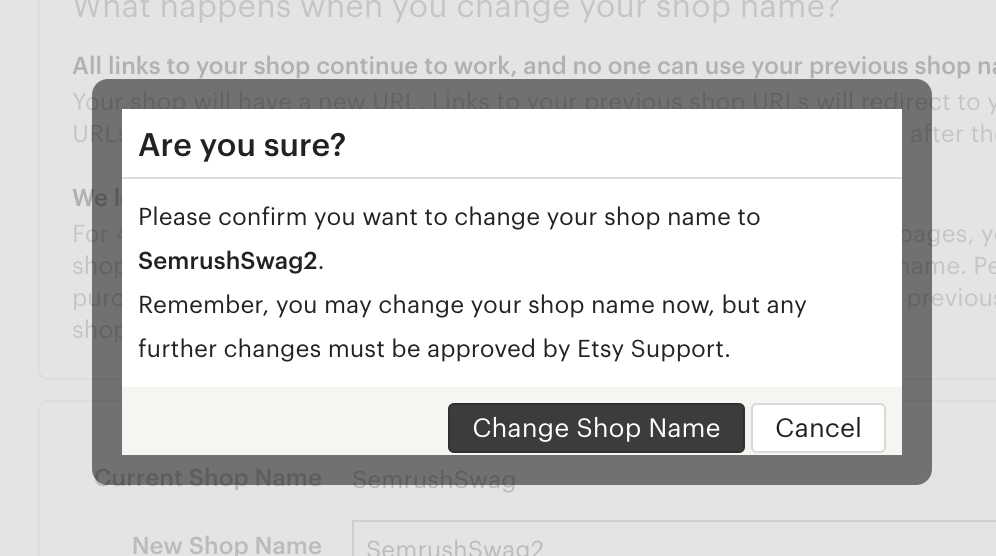
You can change your shop name 5 times. After, you’ll have to get your name change approved.
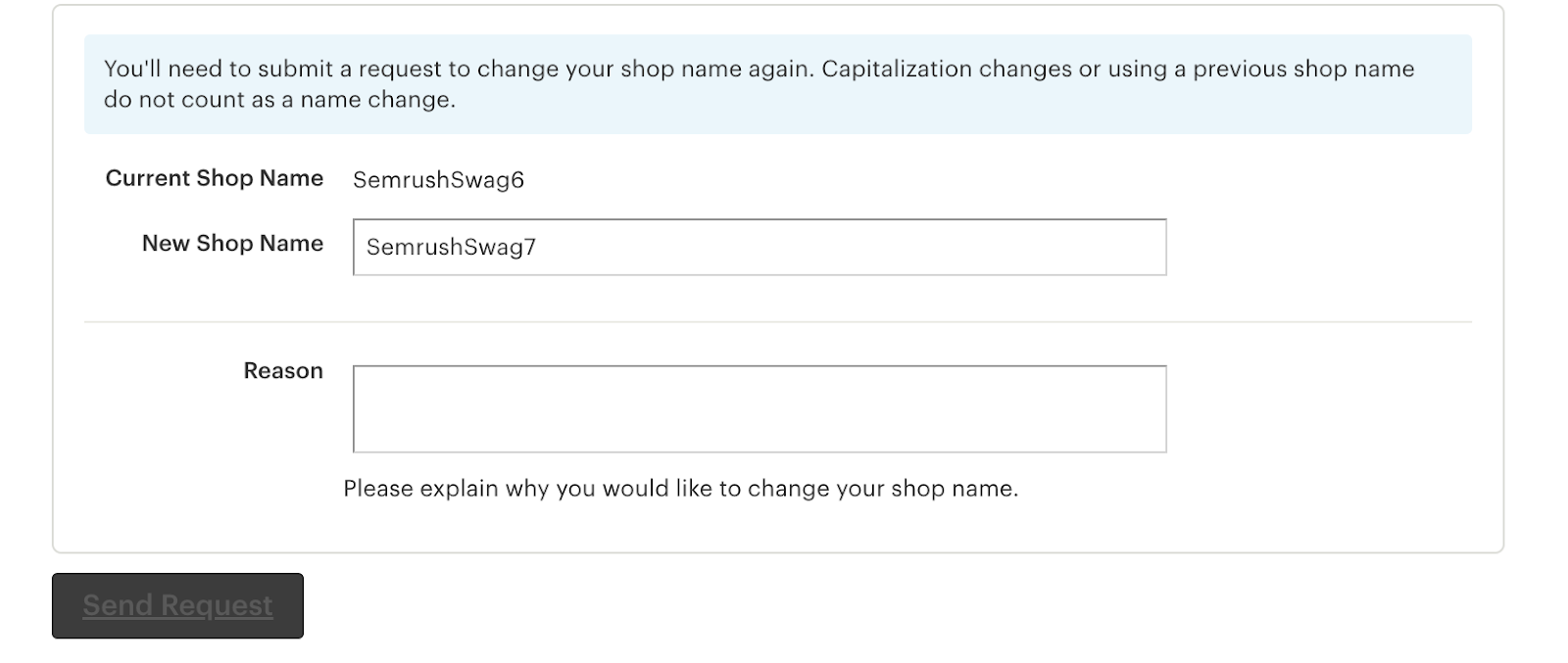
Bonus Tip: Changing your shop name will change your URLs, which affects your SEO. Don’t change it without a good reason.
3. Include Target Keywords in Your Listings’ Details
Each part of your listing should be optimized for searches while still being useful for the people reading it. The same keywords that might be relevant for tags might not be for descriptions.
Listing Tags
You can add up to 13 tags to a listing. Use all of them (wisely).
You can only enter up to 20 characters per tag, so including longer keywords can be a little trickier here. Think about splitting up terms into two tags if you need to.

Also, try to make your tags as specific as possible without repeating yourself. Myriam recommends going beyond Marmalead for tag ideas and looking at competitors’ tags.
The other element that I do that’s a bit different is I will check out the competition to see what tags they have. How does the competitor think of themselves and define themselves by keywords?
Listing Titles
Your listing titles can be up to 140 characters long, giving you enough space to use specific keywords.
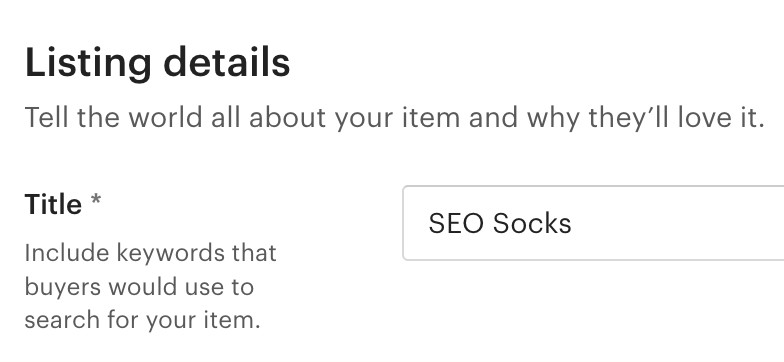
Your listing title should correspond with your tags and target keywords. When they do, Etsy’s algorithm will match them together to make your listings visible to the right audience.
Listing Descriptions
In 2022, Etsy announced that descriptions will matter to its search algorithm. Not a big shocker as Google has been pulling info from listing descriptions for its search results.
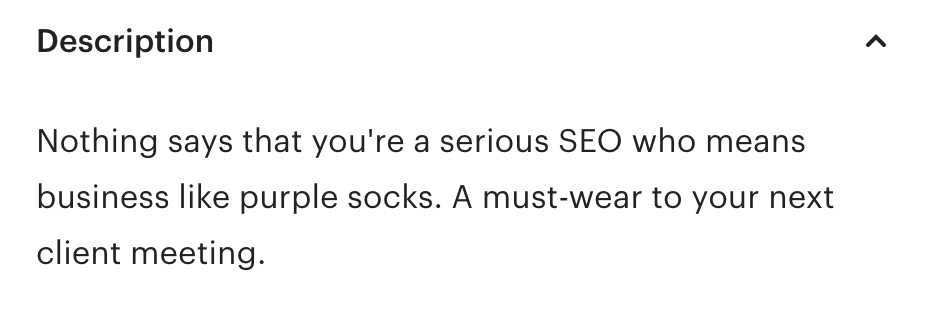
Etsy has offered a few tips on how to make the best of your listing descriptions:
- Don’t just copy your title
- Make your listing sound natural, while still including a few of your top keywords
- Never neglect important information
In other words, you’re writing for humans. Give them all the information they could possibly want to know about your product, but keep it natural and try not to sound like a robot.
Listing Attributes
Like any search engine, people on Etsy can get very specific with their searches. Use your listing attributes to add as much detail as you can about your product or service down to the materials and sustainability.
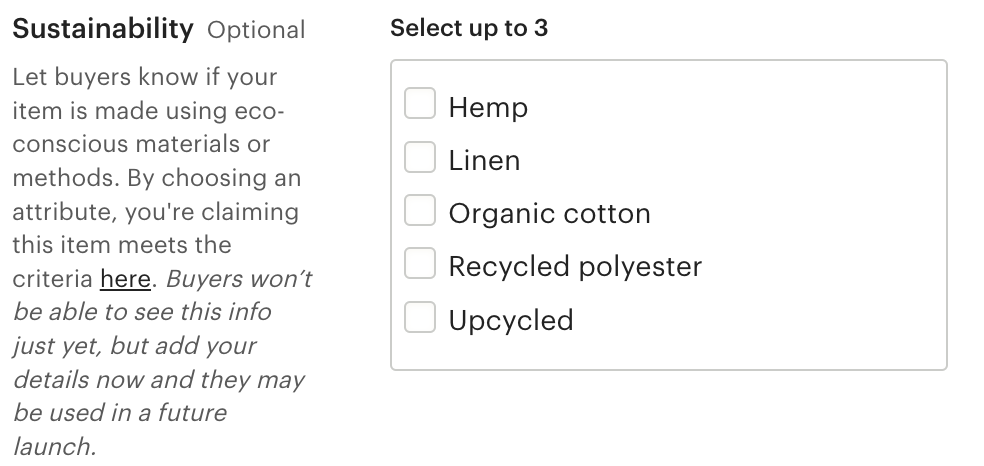
The keyword research process is really, really focused on the intent…People are huge on styles, materials, looks, and reasons for buying. So for example, people shop for gift ideas for new moms, gifts for dad, wedding favors, etc.
Could your product or service be specific for an occasion (holidays, seasons, etc)? Is it for a specific person, pet, or job (gifts for mom, gifts for boss)? These are questions to ask yourself when adding attributes.
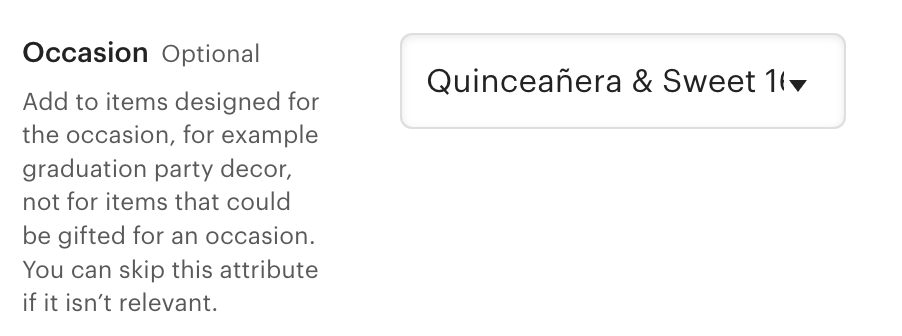
4. Leverage Your Social Media Accounts
Leveraging your social media accounts as a seller can lead to better SEO in many ways. One benefit is that social media could help you show up on Google’s SERP features. SERP features are special results on Google that take up valuable space and attract a searcher’s attention.
Like this result on Google:
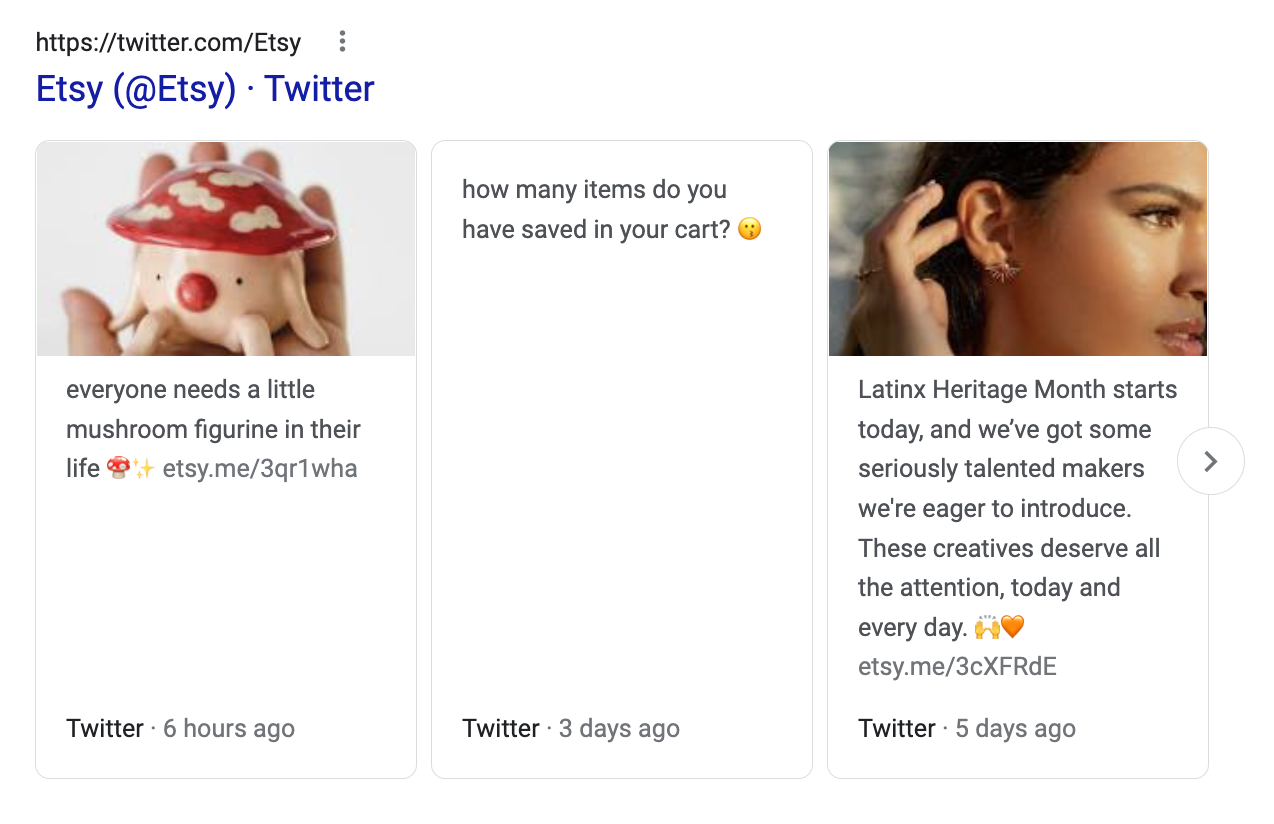
You can’t get this type of SERP feature without a Twitter account and posts.
How to Create Great Social Media Posts for Your Etsy Shop
Etsy is a visual marketplace, so your social media should reflect that. It’s a given for sellers with physical products. But even if you sell digital services on Etsy, you can still benefit from visual posts.
Karly Hocking sells marketing templates on Etsy. Although it’s not a physical product, she creates engaging posts that reflect her brand.

Canva has tons of free social media templates that you can use to create your own posts. These templates make it easy because it presets the dimensions per social media platform.
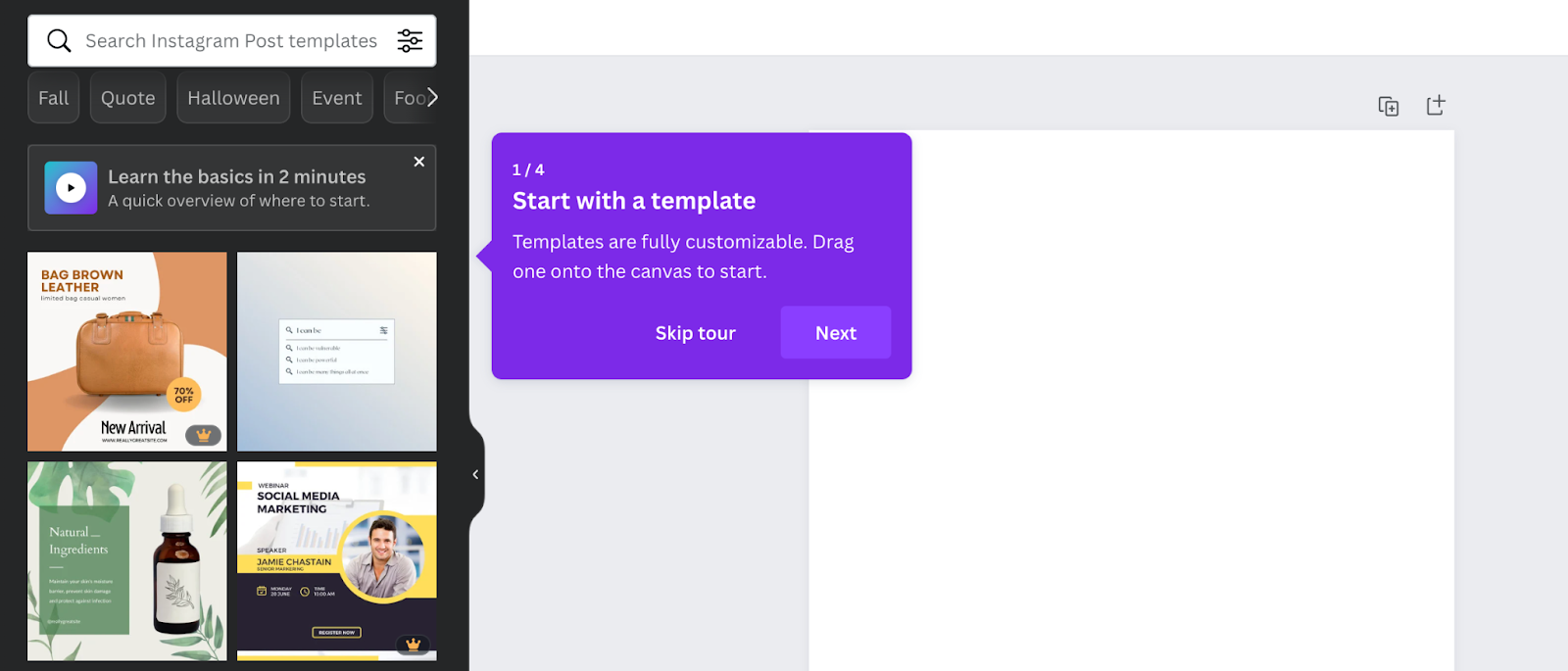
Plus, Canva’s video editor is simple to use. Add visual effects and music right to your footage with its drag-and-drop interface.
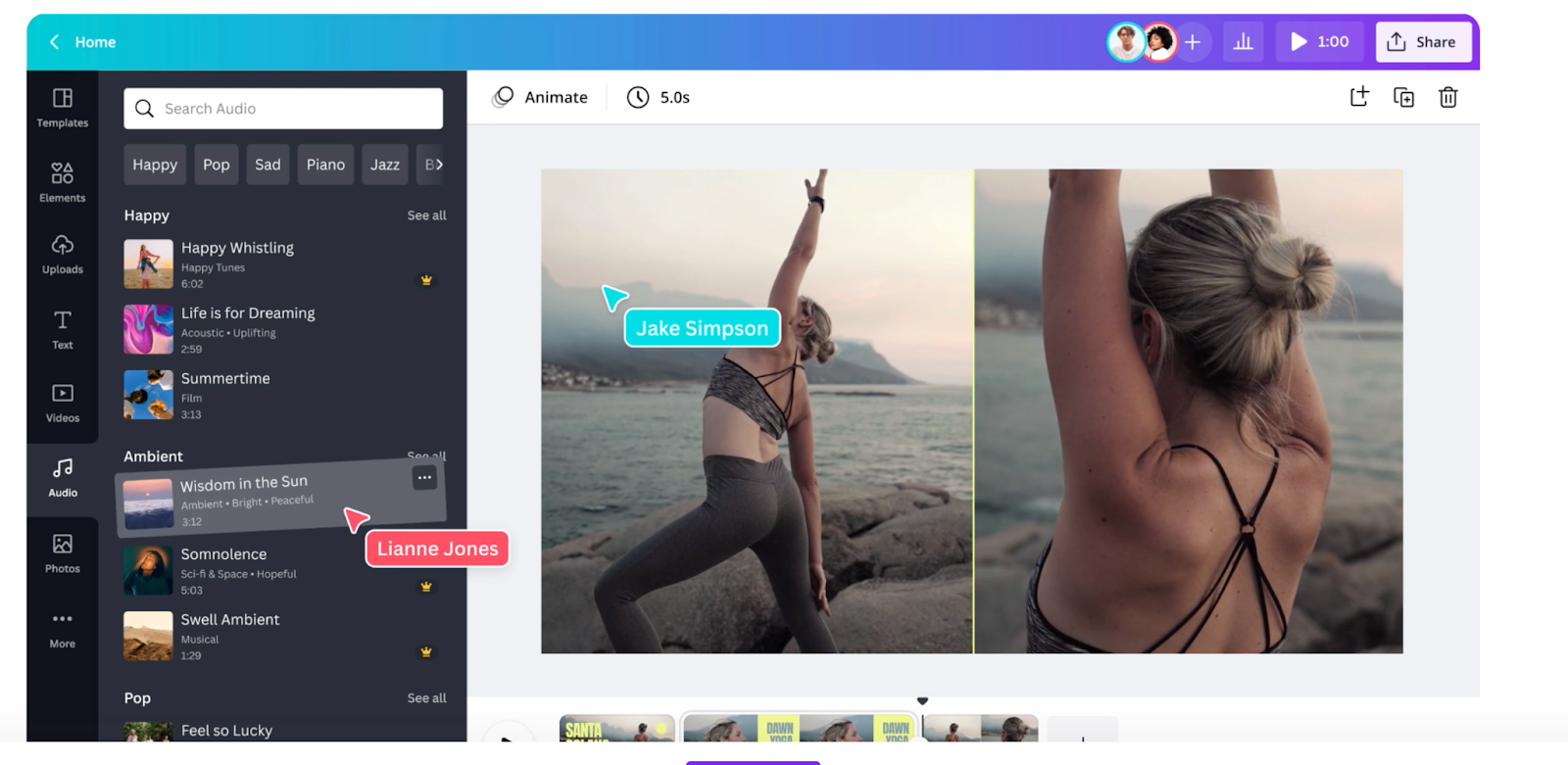
Like marketing in general, experimenting is your best path with social posting. You might find one social platform is better for your brand than another.
Also, try out all different kinds of posts to see which performs the best. Photo posts may do better on Instagram, but not as well on Facebook.
So, post regularly and take note of every engagement you get on all the channels you use.
Sounds like a lot of work, right?
You can save time posting to all of your channels with a little automation.
Scheduling Social Media Posts with the Social Media Poster
Here’s how to schedule out all of your social media posts with Semrush Social Media Poster.
Click on the New post button to start scheduling.
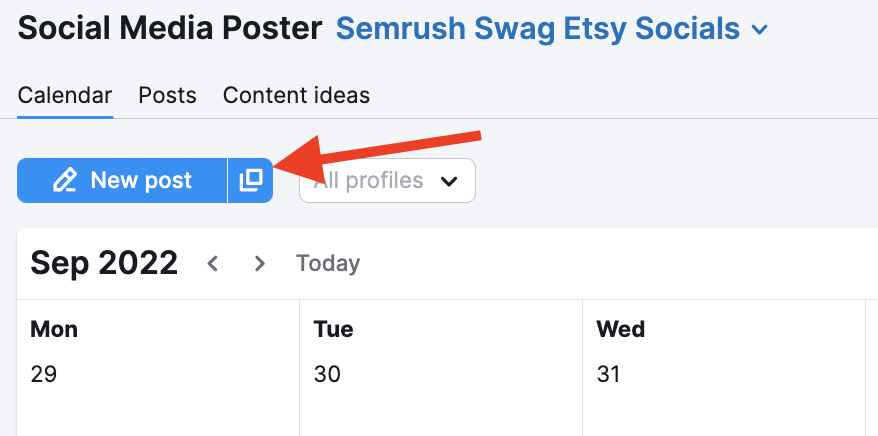
Check off which existing social media profiles you’d like to post to or connect to a new one.
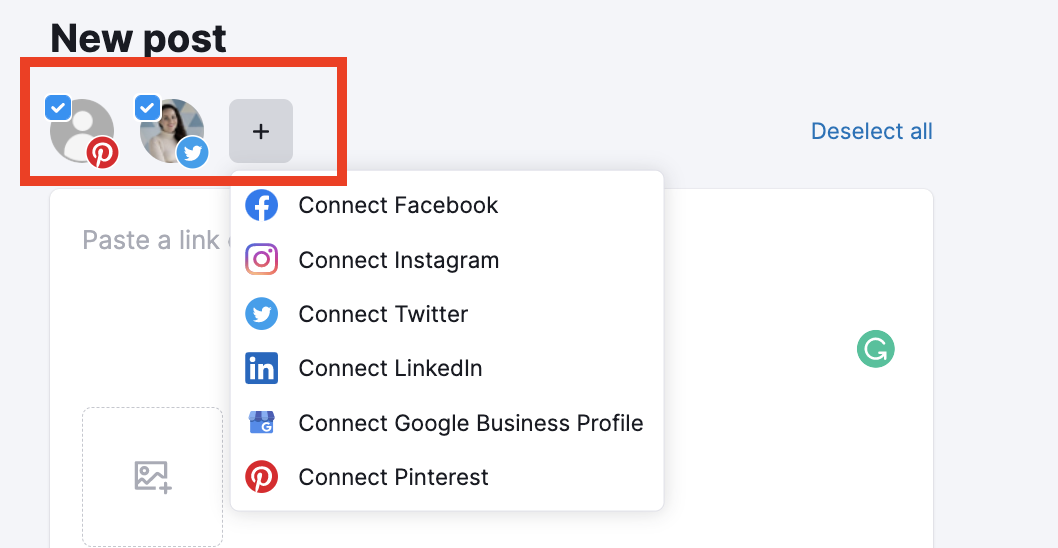
Create content for your social media accounts at the same time or customize your posts per platform.
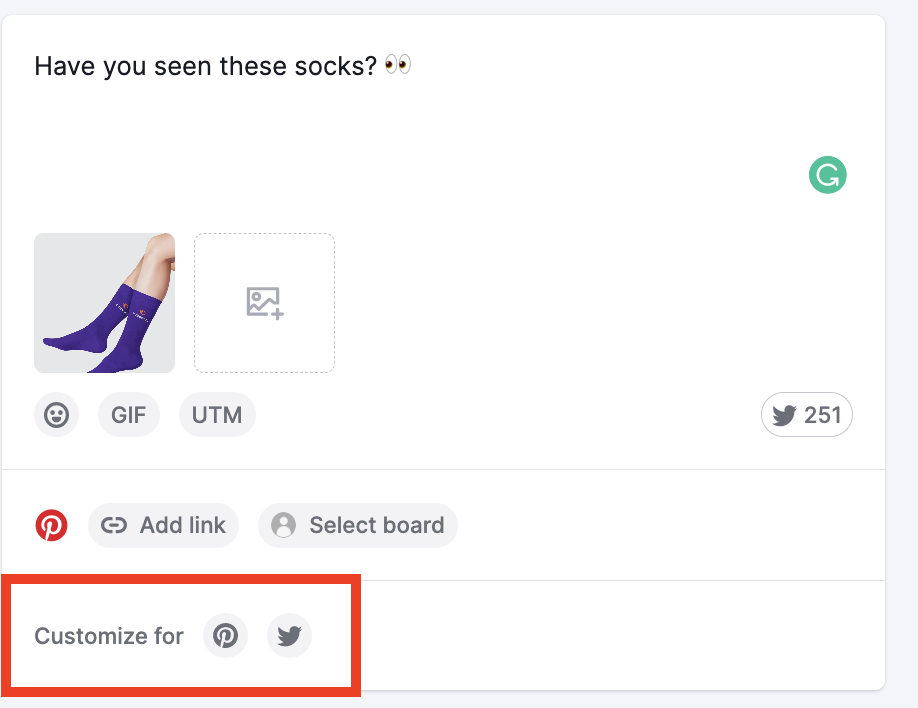
Look at the preview to see if it’s ready to post and then schedule it.
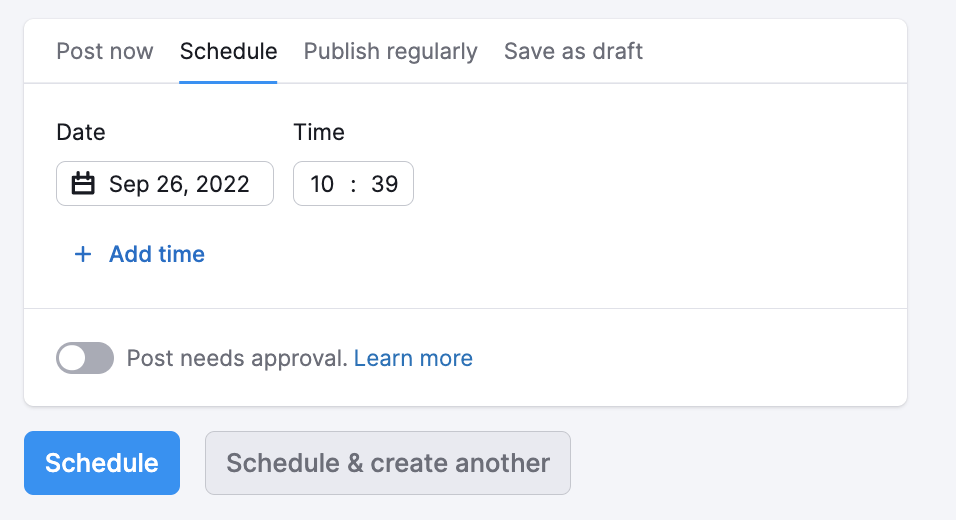
Finish by checking your social media calendar to confirm that it’s scheduled and that’s it.

Consistently posting awesome content is one way to get people interested in what you’re selling. You’ve got to do it to get featured on Etsy’s social media pages or website.
Bonus Tip: In addition to the Social Media Poster, the Social Media Tracker tool can track the engagement levels of all of your posts on up to five different social channels. Plus, you can track your competitor’s engagement levels at the same time.
5. Fill Out Your Shop’s Information to Get Featured
Etsy’s editors, merchandisers, and social media managers comb through the platform’s stores to try to find the right shops to feature on Etsy’s:
- Community Space
- Blog
- Seller Handbook
- Social Media Channels
- Success Podcast
You can pitch your story through this form and increase your chances of a feature if your shop has compelling content that’s search-friendly. A shop feature could help you snag an internal link and get more attention to your shop.
Internal links are links that go from one page on your site to another on the same site (a link from one page on etsy.com to another page on etsy.com). They help people find the information they’re interested in and help search engines navigate through your site.
Pages with lots of engagement (like Etsy’s featured sections) can give less popular webpages on the same site (like your new product listings) an SEO boost through an internal link.
Here’s an example—Etsy’s editors picked out a series of products that would work well as father’s day gifts.
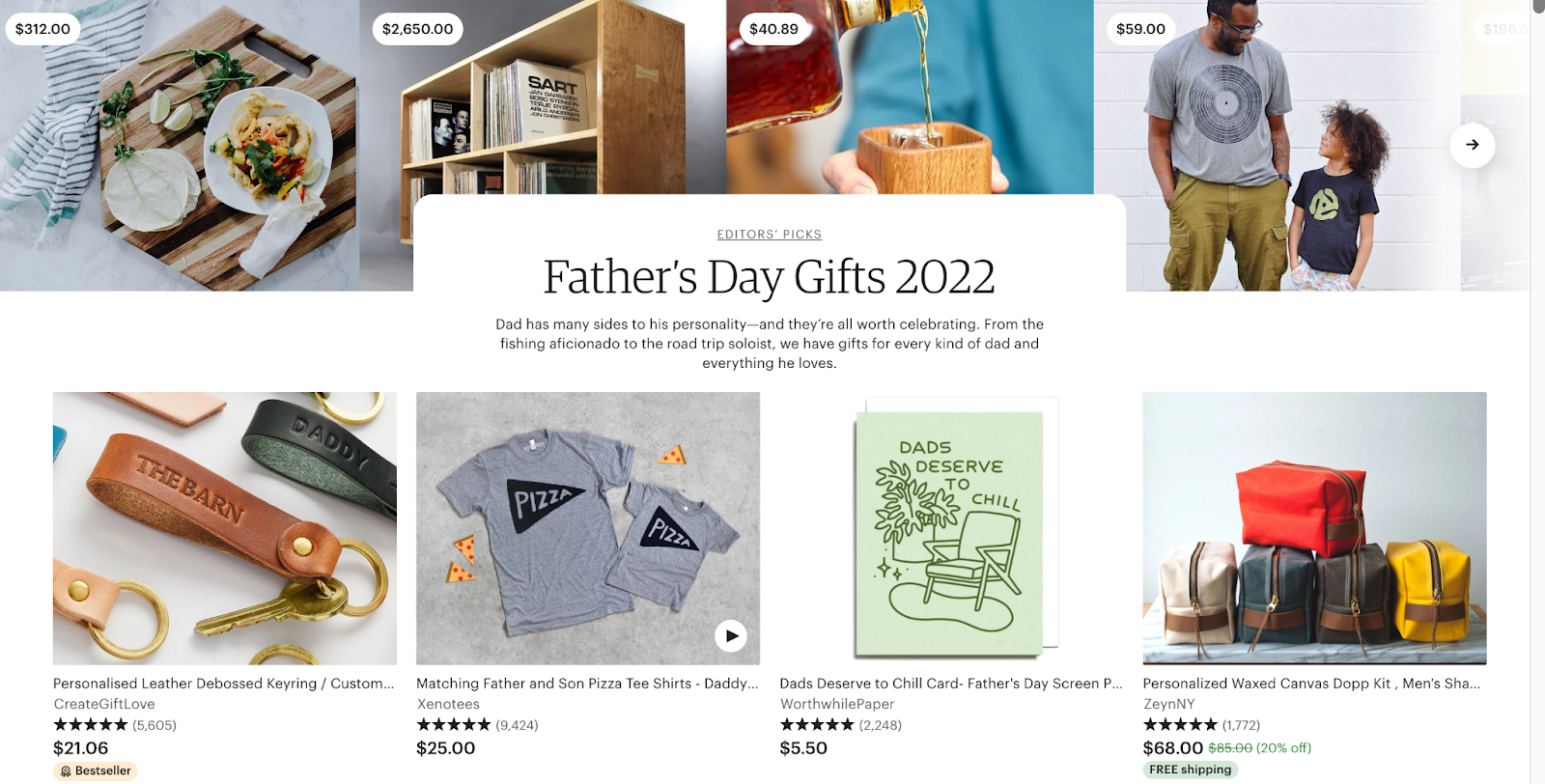
This webpage is quite popular. According to Semrush’s Organic Research tool, it ranked for hundreds of keywords and got an estimated 16.6k monthly visitors in September 2022.

The products linked on this page get a bit of an SEO boost from this page as a result. The more relevant internal links your shop and listings get, the more it boosts your credibility and visibility.
Here are a couple of ways to raise the chances of getting featured:
Take the Time to Write Your About Section
Write your About section to help potential customers see the why behind your product.
What makes your shop worth buying from over someone else’s? This is where your story belongs.
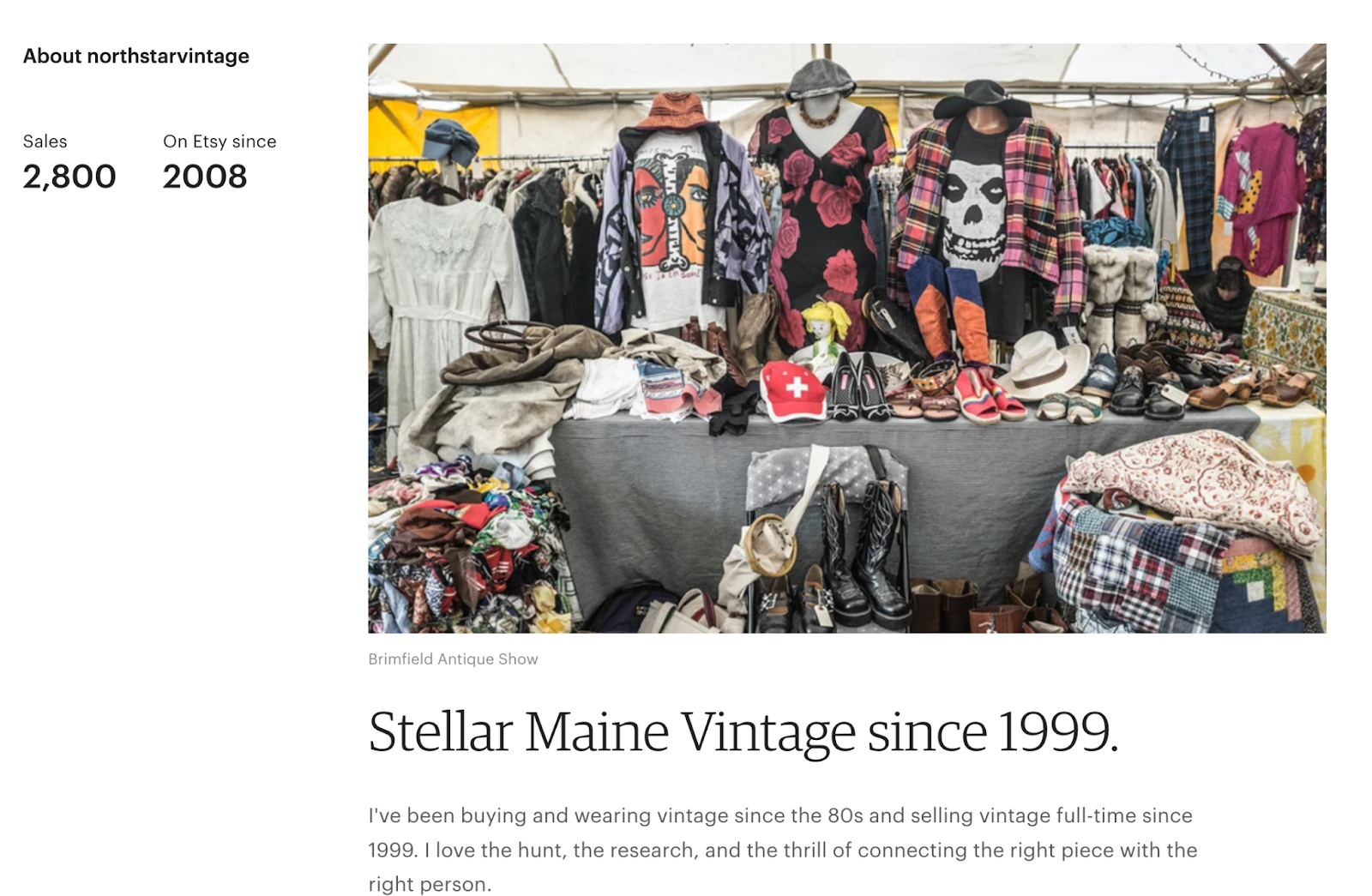
The About section is where you can connect with shoppers on an emotional level. Show them why they should care about your shop and why what you have to offer is unique and worthwhile.
Also, from an SEO perspective, it's a great place to weave in some of your important keywords. But it’s also where you can send backlinks to your brand’s pages beyond Etsy.
Take a look at the social media links Northstar Vintage has on their about section:
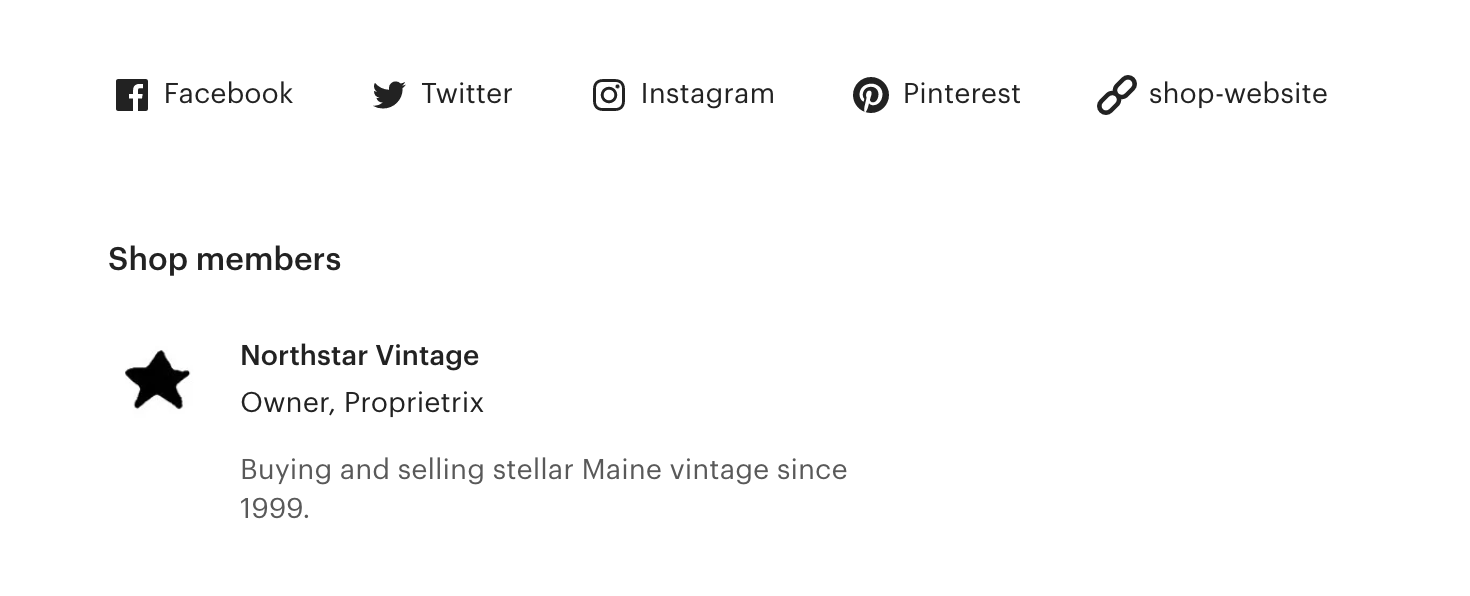
These icons can link from your About page to:
- Shop blog
- Shop website
For some more About section inspiration, Etsy has an in-depth article on how to write a great one. It only takes a few steps to add an About section that drives traffic to your online shop.
Fill Out Missing Information
Etsy doesn’t want to feature stores that don’t seem trustworthy. An easy way to avoid that is by filling out any missing information.
Check for missing information by going to Shop Manager.

Look over at the navigation menu on the left-hand side and click on Settings.

Now check out the Info & Appearance, About your shop, and Policy settings.
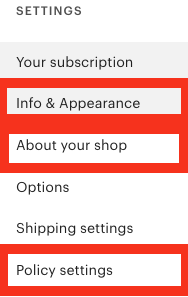
Is every section in these tabs filled out correctly and clearly? If not, fill in the missing information and save your changes.
According to Etsy:
“Filling in any holes, such as shop location, can make your shop appear more trustworthy and more featurable. (It also helps Etsy editors when they are looking for shops in a certain locale.)”
So, fill everything out the best you can to get featured and help potential customers learn about your products or services.
6. Build Up Backlinks
Backlinks are links from one website to another. They can direct new traffic to your website, so a strategy to build these links can really help you grow online.
More importantly, search engines see backlinks as a sign of trust. If a reputable website decides to send traffic to your site then it must be for a reason.
By building backlinks to your Etsy shop, you could see your products move up on Google and get more attention. Especially if you see Etsy as a starting point before growing your shop’s brand into something bigger, backlinks can help you get to the next level.
Etsy is often seen as a starting point and then you move to your own shop, where you control more and pay less fees. The best thing you can do to boost your shop for SEO is to get backlinks. I can tell you people (sellers) work together to boost one another.
Here’s what you need to do to get more backlinks:
Partner with Other Etsy Sellers
Your products could pair nicely with items from a different vendor, and other vendors might be thinking the same.
Partnering with another seller is an opportunity to benefit the SEO of both of your shops. You can link to suggested items in their shop and they can suggest related items from your shop, in return.
Don’t know where to start?
Facebook is a great place to network with other Etsy shop owners. Here are a few groups to join to start networking:
Or, simply typing Etsy into the Facebook search bar can help you find more networking groups (try it out).
Contribute Through Help a Reporter Out (HARO)
You need backlinks and reporters need quotes. Helpareporter.com connects experts in their fields with reporters and influencers who need more information for a piece they’re working on.
If you think you could have an expert opinion on your niche, this could be a great way for you to build some links to your shop.
It’s free to use as a source and easy to sign up for this service. Once you’ve signed up, you’ll start to get requests like the one here:
The downside is your quote may not get chosen. But if you’re used as a source, it’s very likely you’ll get a backlink.
Create Your Own Website
One method, if you’re up for a little bit more work that would pay off in the long run is to create your own website. Then, you could link your site to your Etsy shop and vice-versa.
Squarespace is a pretty popular website builder for ecommerce vendors if you don’t have one already.
To start adding products and content to your site, check out Squarespace’s guide to getting started.
Once you have some basic content on your site, it’s time to add a link to your Etsy shop in the social handles.
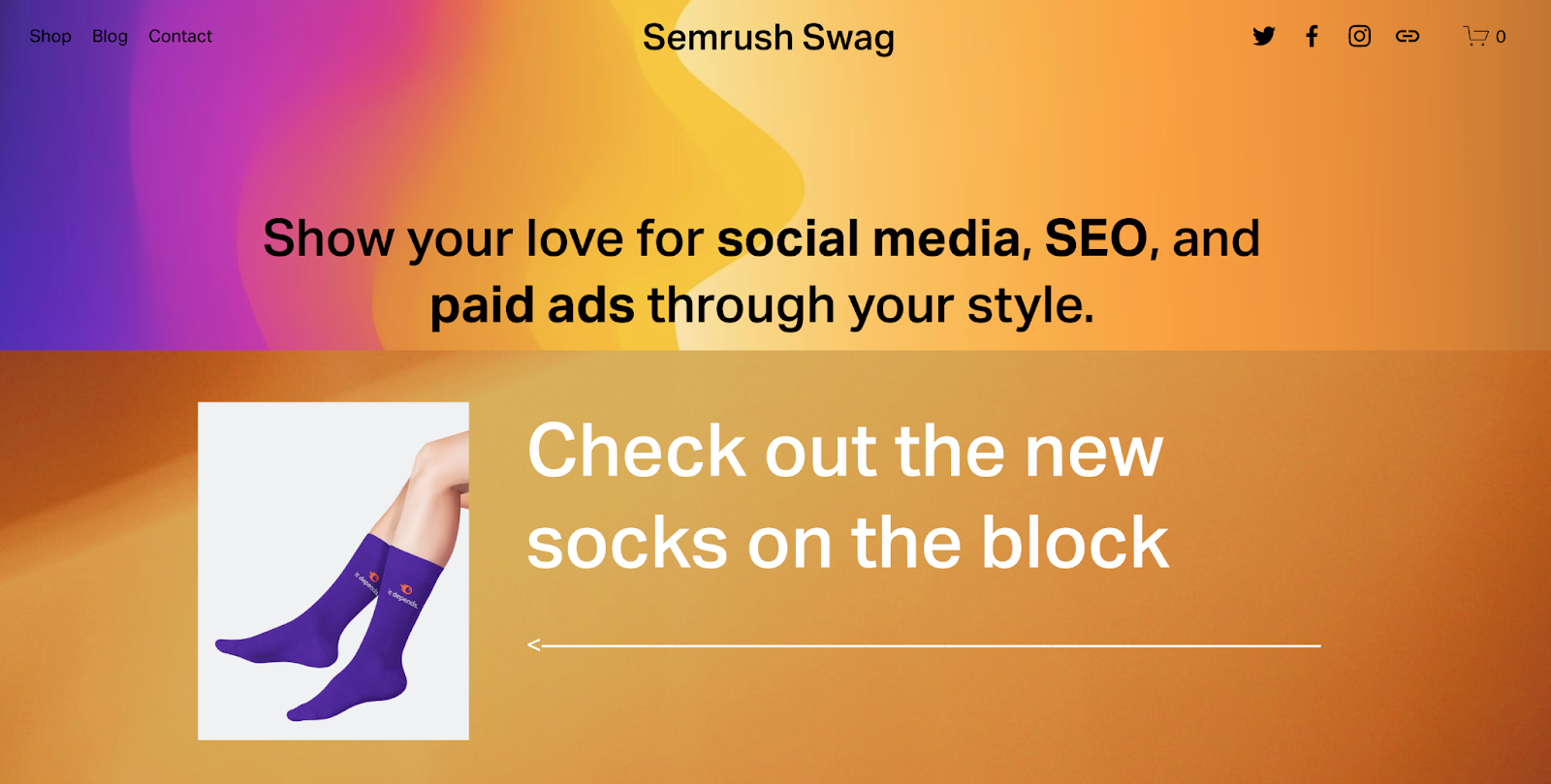
Of course, there are many places you could add a link from your site to your Etsy shop. But perhaps the best place would be from the homepage.
You can add a backlink to your Etsy store directly on your navigation bar. Hover over the site header and edit the site header.

Go to Elements on the menu that pops up.
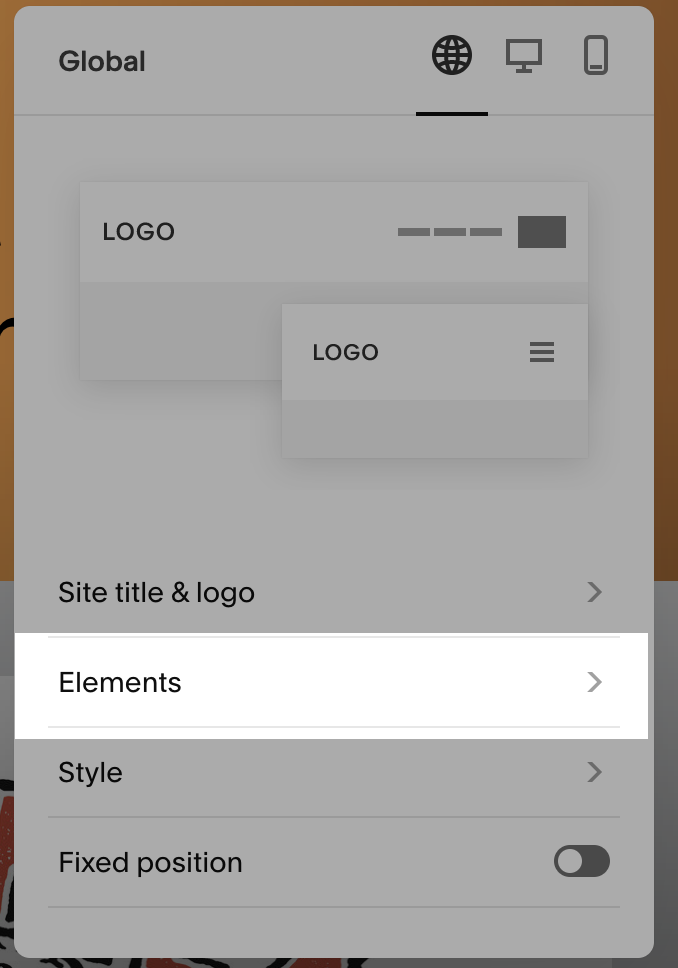
From Elements, scroll down to where it says Social Links, and make sure it’s toggled on. Click on Edit Social Links after.
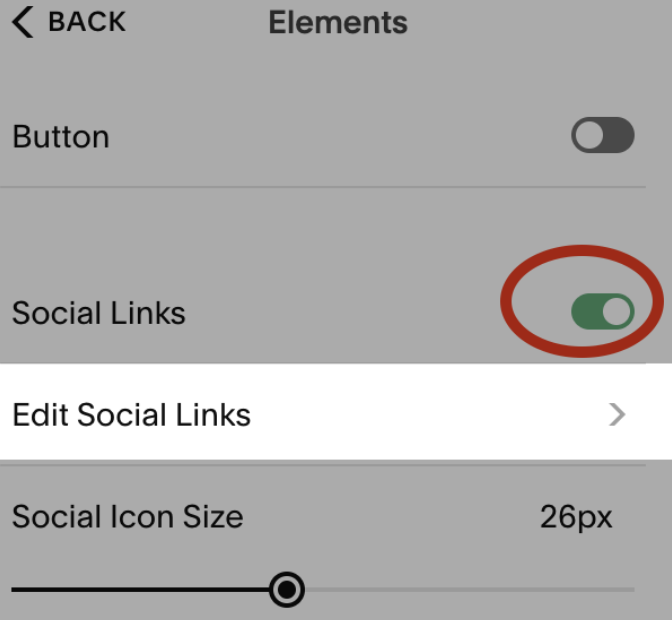
Add in your shop’s URL to press the enter/return key on your keyboard to save the link.
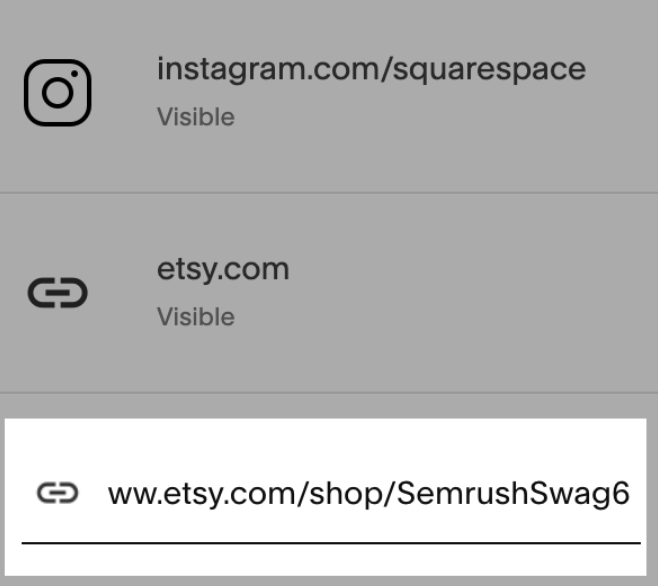
Save your changes by hovering over the DONE button and selecting Save.
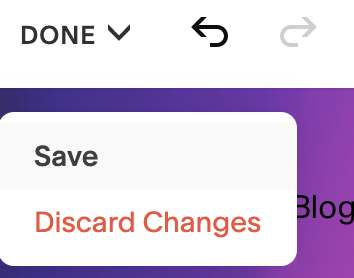
Click on the new icon link to make sure it leads to your Etsy shop.

You’ve officially set up a backlink to your Etsy store!
How to Check Your Link-Building Efforts
You can use Semrush’s Backlink Analytics tool to see the results behind a link-building campaign. First, go to Backlink Analytics and enter your target URL. That could be the exact URL of one of your listings or maybe your shop’s main page.

Click on the Backlinks report after you do that.

This shows you a list of all the backlinks on the Internet pointing to your page. It also shows you any recently lost backlinks.
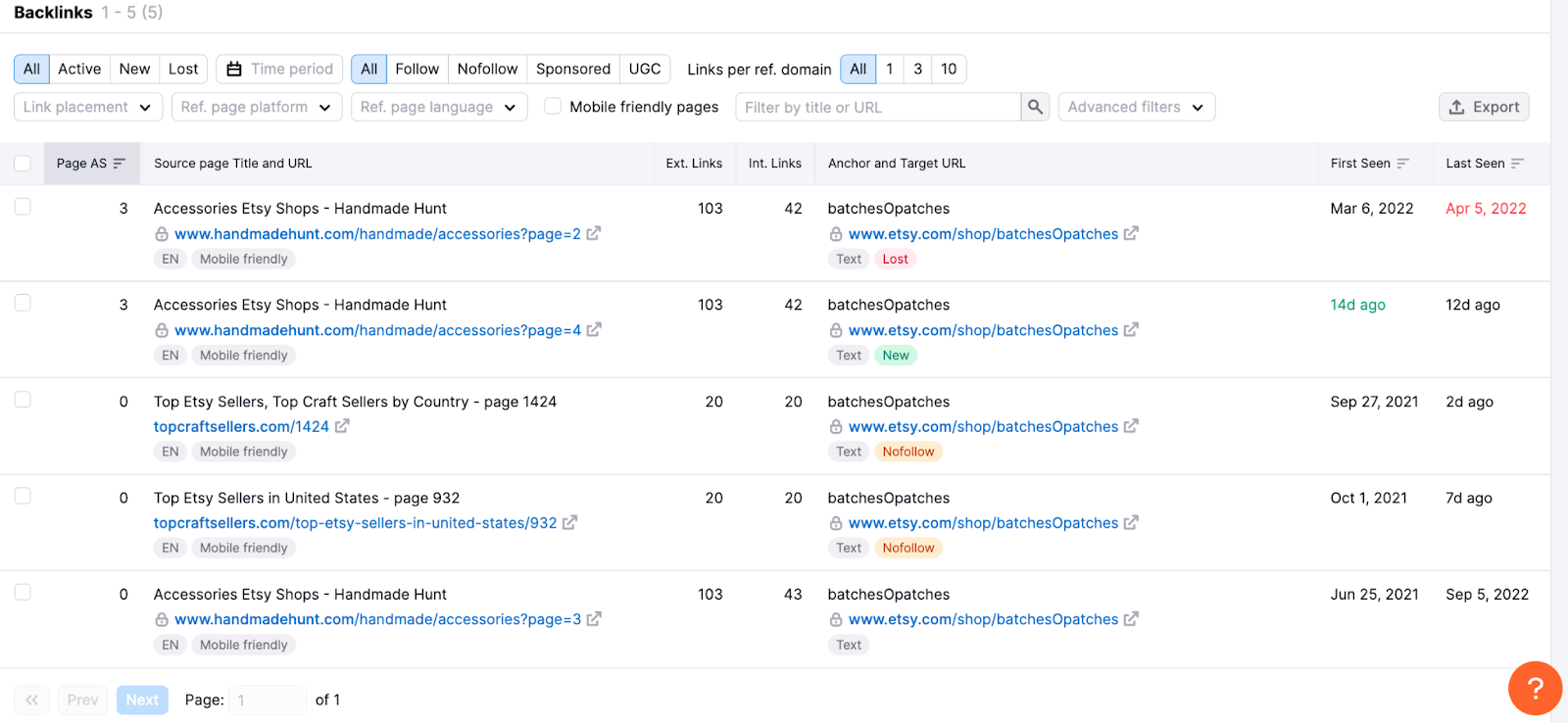
You can use this method to keep an eye out for more backlinks as you run a link-building campaign or to take a peek at your competition’s backlinks.
7. Get Lots of Good Reviews (For Your Shop and Your Products)
Remember SERP features? There’s another big one for Etsy sellers: star ratings.

The Google result above shows an overall 5-star rating for Etsy seller, CBluettFineArt. Without any reviews, you won’t see this next to your listings on search results.
Getting lots of good shop reviews looks great on search engines and to potential shoppers too. That also applies to good product reviews, as seen below:

The first step to getting positive reviews is to have a great product and go above and beyond (but you already knew that).
The next step is to just ask nicely! Etsy offers a few places you can add a personalized note asking for a review:
- On the order confirmation page
- On the order confirmation email
- As a follow-up message to a buyer’s Etsy inbox
- Using Etsy’s automatic follow-up notification
You don’t want to overwhelm a customer with emails. Start with a short personalized note that appears on the confirmation page and confirmation email.
To do this, click on Shop Manager.

Click on Settings under the navigation menu on the left.

Navigate down to Info & Appearance.

Here, you’re going to click on Message to Buyers and fill out your personalized confirmation message.

Save it and you’re done with your short confirmation message.
Wait until the customer has received their order to send up a follow-up message on Etsy. Send it by first going to Shop Manager.

Then, go to Orders & Shipping. This page has all your Etsy shop orders.
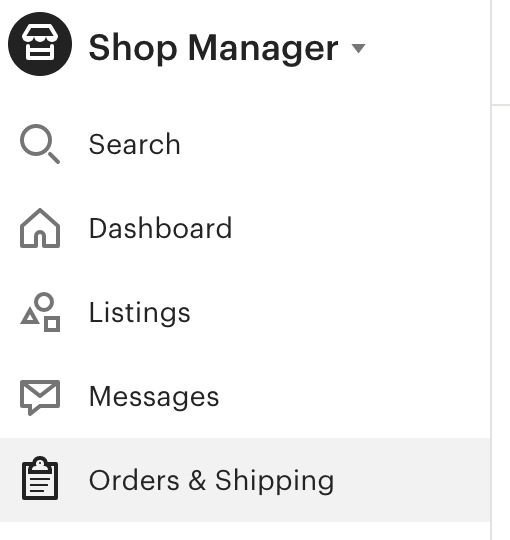
Click on the option to write a message to the customer who bought the order. You can write a message along the lines of:
Hey,
Hope you love your product! If you do, we’d seriously appreciate it if you could leave us a review [link to where they can leave a review].
Don’t love it? We’re always trying to improve. Please let us know if there’s anything we can do to improve your experience.
Thanks,
Semrush Swag Store
Always follow up whenever someone leaves you feedback to keep getting those great reviews.
8. Set Up Google Analytics to Track Your Metrics
Etsy has a stats page where you can look at your shop’s basic information like your visits, sales, and conversion rate. It also tells you where your traffic came from. But what if you want to know more?
You can get a more in-depth view of what’s driving traffic to your Etsy shop by integrating Google Analytics.
You’ll have to have both a Google account and a Google Analytics account to start off.
Once you do, you’ll go to Shop Manager on Etsy (you might be familiar with it at this point).

Then, scroll down to Settings and click on it.

Go to Options when the menu pops out:
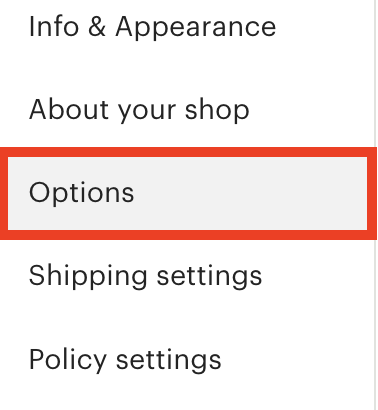
Head over to the Web Analytics tab where you can fill out your information.
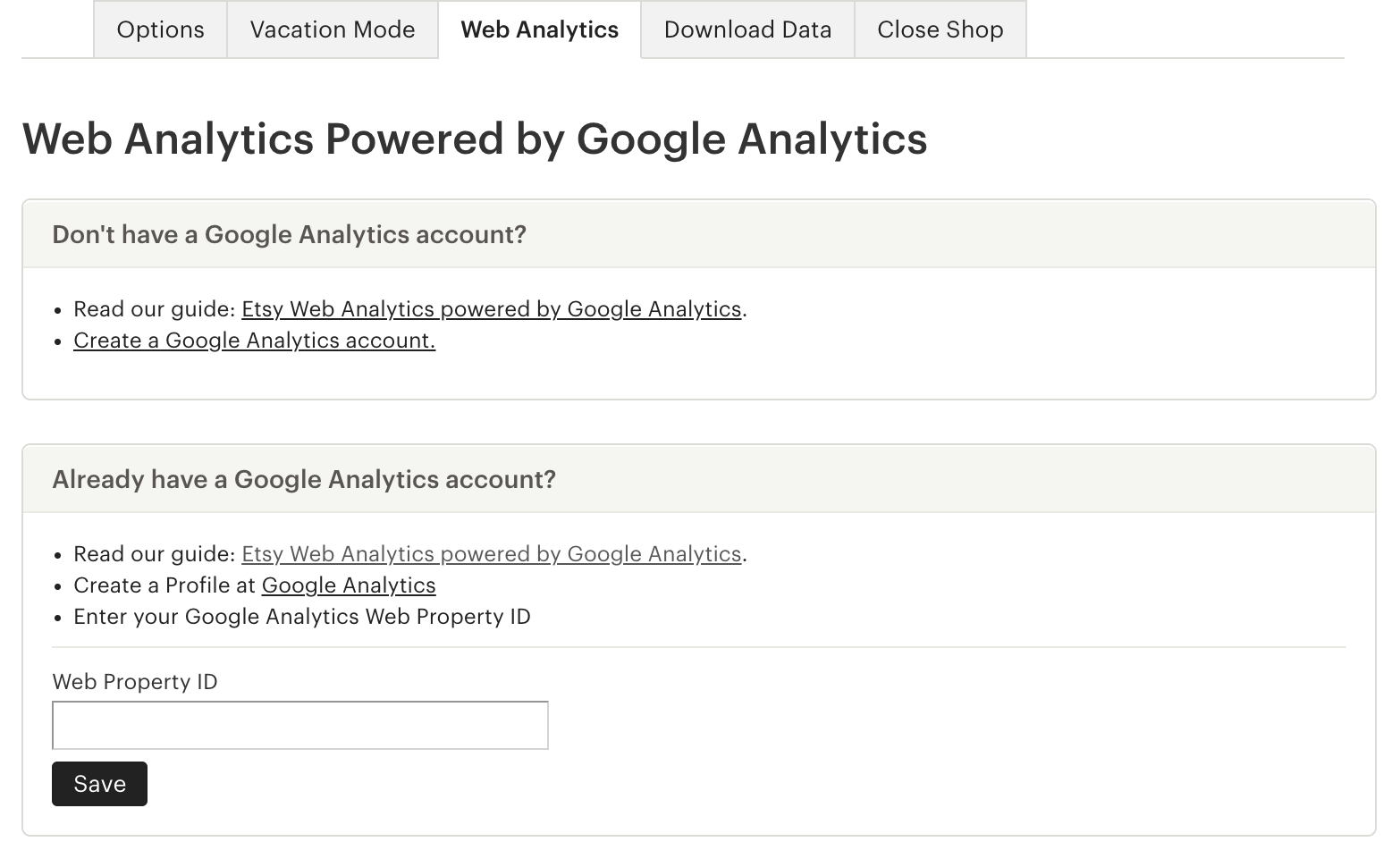
You can find your Web Property ID by first going to Admin on your Google Analytics account.
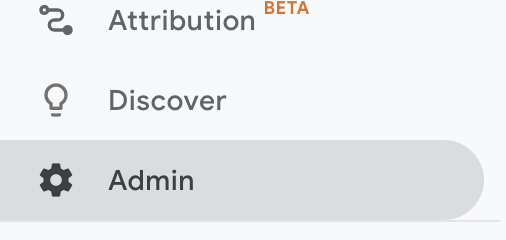
Under where it says Property, you should see your Web Property ID:

Go back to the Web Analytics tab and type in your Web Property ID. Save when you’re done.
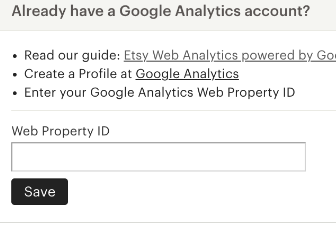
A word of advice from Myriam:
Don’t get hung up on pretty metrics (like impressions) and look at sales instead.
Focus on the metrics that count the most and take note of the vanity metrics. Do this to help see what’s actually working to improve your shop’s online visibility.
Keep on testing and tracking to improve your shop’s SEO and get more sales in the process.
Now You Know How to Do SEO on Etsy
You have everything you need in the steps above to optimize your Etsy shop and get more views and more sales.
Fair warning: SEO is a constant process which you might not see results from quickly.
Here’s what Myriam had to say about the speed of Etsy SEO:
It depends on the niche. If it’s competitive, it can take a long time. If you end up “featured” by Etsy in their communications, it can take off fast. If you are NOT in jewelry, things go faster. Jewelry is one of the hardest niches.
But don’t let that discourage you! SEO is less expensive than paid ads and gives you a chance to compete against other shops with a bigger budget in the long run. So, if you’re serious about your shop, you should get serious about your SEO too.
Take the time to work through these 8 steps to get your shop the attention it deserves.